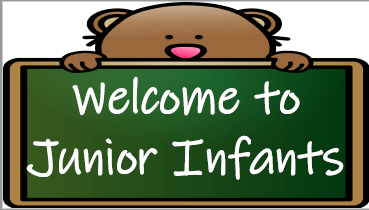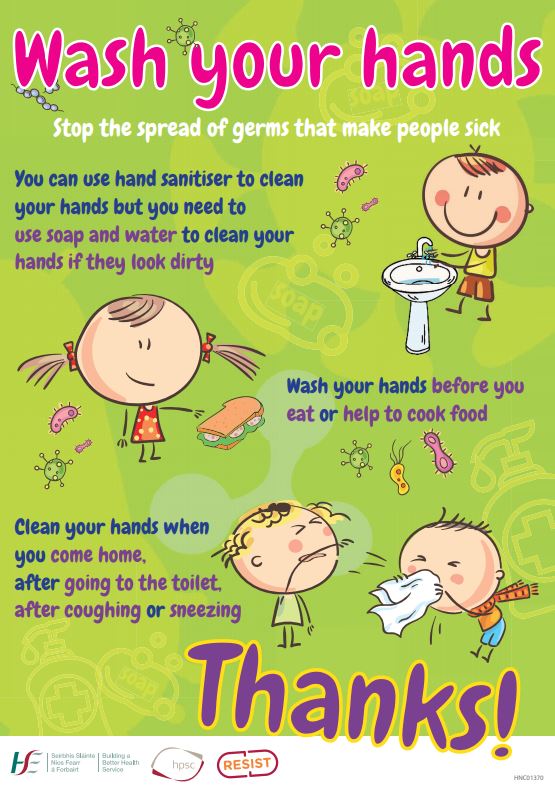
As the new school year draws closer, your child will likely begin to feel a mix of excitement and nerves as they begin to look forward to this new chapter of their lives.
Starting school is a big step for both parents and children and so to help with that transition we have provided some tips, hints and fun activities to hopefully help with transition preparations.
In April and May the Junior Infant class teachers and Special Education teachers will be conducting visits to many of the local preschools to see your child in their preschool setting as part of the process of easing their transition to primary school and to help with the planning of supports needed for the new school year. Please note it is not feasible to visit every preschool so in some cases we just make a phonecall to the preschool.
We shall be holding an Information Evening for parents of new Junior Infants on Wednesday 15th May at 7pm in the School Hall. Parents will have the opportunity to meet the Principal, Mrs Lawless, the current Junior Infant Class Teachers, Miss Treadwell and Miss Hennessy, and representatives from our Parents’ Association.
We shall also be holding an Open Session for the new Junior Infants in school on Friday 31st May from 1-2pm. This will be an opportunity for the children to play in the classroom setting, and for parents to join the other new parents, and representative from our PA for a cup of coffee and a chat, prior to the children starting school in August.
We intend to invite half the class in to school on the first day of term and the other half in on the second day then the whole class will be in from the third day of term. This will enable the class teachers to get to know your children and it will hopefully be less daunting for them to be in a smaller group on their first day. For the two weeks of term Junior infants will finish at 12 midday, after which they will finish at 1:40 pm.
The calendar for the new school year, and the start date of the new school term at the end of August is still to be finalised but we hope to have it soon and will post it on this page.
If you have not already done so, please consider joining our school Facebook page.
We look forward to getting to know you and your child and to working with you.
Transition to Primary School
Information from the NCCA on Helping Your Child in Junior Infants.
Downloadable School Documents for Junior Infant Parents:
- School Calendar
- Junior Infant Resource List 2024 (Available Soon)
- Parent Information Booklet (Available soon)
- School Uniform
Here are some links you might find helpful:
- Information from The Department of Education and Skills: Gov.ie – Ready For School.
- NCCA leaflet for parents: Mo Scéal: Moving from Preschool to Primary.
- Transitioning to Primary School: Occupational Therapy Tips and Strategies
- NCSE: Preparing Young Children For Primary School
- NCCA report: Transitioning from Preschool to Primary School

